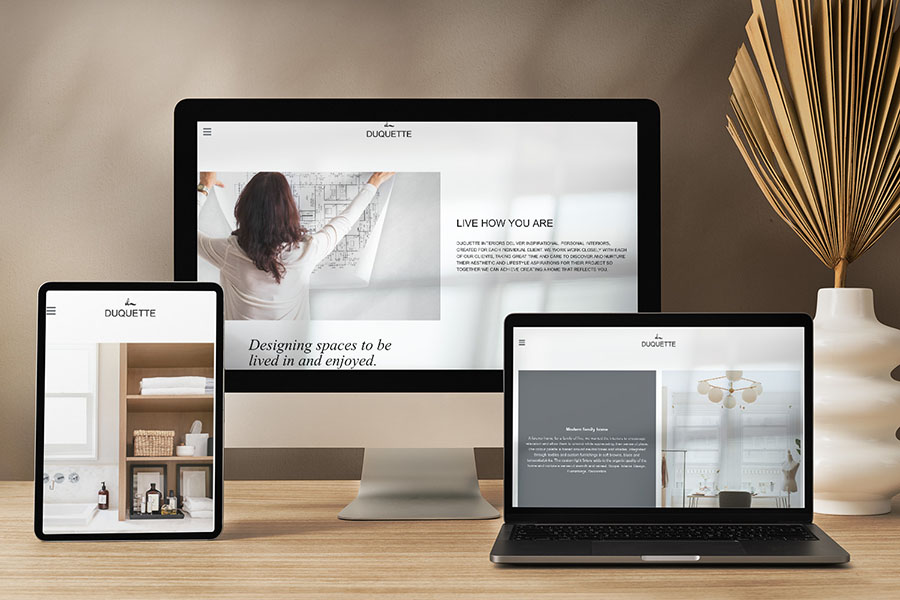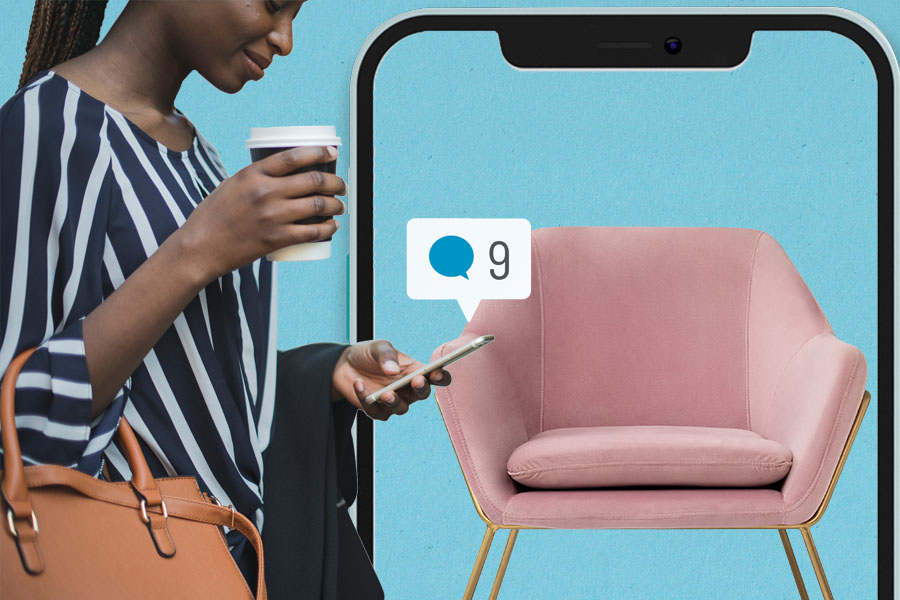Step 1: Research
Finding your branding path will not happen overnight, so there is no point running before you can walk. It takes time to research and understand who you want to be as a brand. Like creating moodboards for clients, the process of finding the perfect branding has many elements and layers. In this step, all you’re doing is defining your brand at a very basic level, learning from the market and taking notes accordingly.
Ask yourself these questions:
- What does our brand stand for?
- What are our values?
- How do we want to be seen by our clients?
- What is our style and how is it different to anyone else in the marketplace? What can we offer that no one else does?
- Who are our competitors and what is their branding like? Are there any similarities or unique elements we can get inspired by?
Tip: Find three words that summarise your brand.
Step 2: Who are your clients?
Without knowing who your clients are, selling your services to them will become very difficult. Finding your people is therefore a big part of your branding journey. There is no point creating a fabulous brand story and services and then marketing it to the wrong audience.
To really understand your clients, ask yourself these questions:
- Who are our ideal clients?
- What do they like? What do they don’t like?
- What are they looking for in an interior designer?
- What are the emotional triggers they react to?
- What are their values and viewpoints?
Tip: Find three keywords that summarise their needs and likes.
With this information you can shape the branding and style to reflect what your people want to see.
Step 3: Merge the two and find your voice
This step can be the most challenging and hard to master. Your brand voice is the tone you take to communicate with your people. Do you want it to be conversational, fun, informative or emotion-driven? You might need to experiment with different voices and styles especially at the beginning, but trying and testing will speed up the process for you. Look at other examples in the industry, perhaps you already have a role model or business who you’d like to emulate. But don’t get stuck in the rabbit hole following what other successful brands are doing. You need to still be authentic and “you”.
Tip: Find three to five keywords and adjectives that define your unique tone of voice.
Step 4: Create a branding guide
Now it’s time to put it all together. See your branding guide as a reference for consistency. Because every good branding starts with consistency communicated across all marketing channels and everywhere where clients can find and see you. So when it is tempting to quickly write or upload pictures on social media or put that newsletter together, the branding guide will help you stay on track. Using the defined principles and branding guidelines inside the branding guide, you are making sure that your brand becomes recognisable in the eyes of your clients.
Tip: Inside the branding guide cover the following – your logo usage (when to use colour, when to use black and white versions), font types for headings, sub-headings and body text, and also five core colours. Similar to the colour palette you define in your projects, your branding colour palette consists of hero colours and accents. When you build your branding colour palette always include one neutral tone. Use it as a soft background colour on your website, for testimonials on social media, business cards and any other printed marketing materials.
In conclusion, interior design branding is crucial for the success of your business in the long run. It can help you stand out in a crowded interior design market, communicate your message and values, and create a lasting impression on your clients. Remember, good branding defines unique identity and style that creates an emotional connection and trust. Bad branding, on the other hand, is confusing and mediocre. Avoid trendy fonts, colour palettes and cookie-cutter templates which position your brand poorly in the eyes of potential clients and your audience.
If you enjoyed this article, why not subscribe to our bi-weekly “Creative Advice” round-ups? That way you never miss out on a good idea, case study or tip that you can get inspired by and use in your own business.
Inside our KNOWLEDGE SHARE membership we have case studies, examples and masterclasses on branding for interior designers. If you want to find out about it more, please click or tap here.










